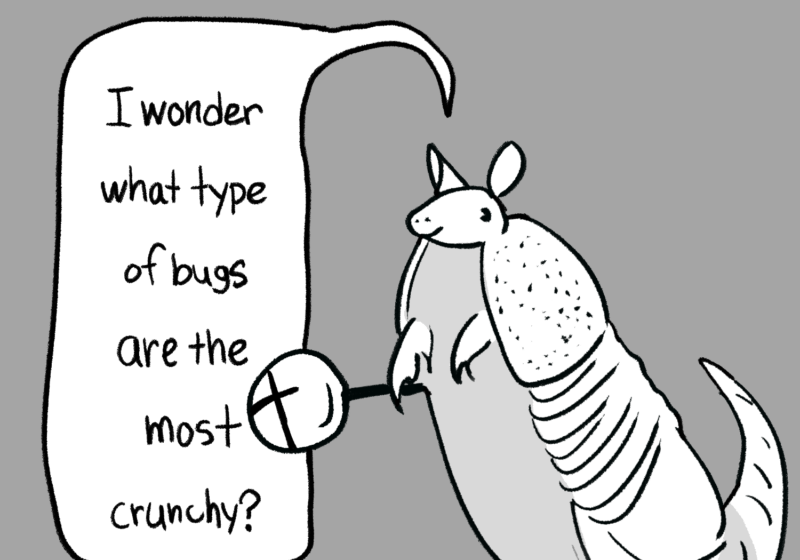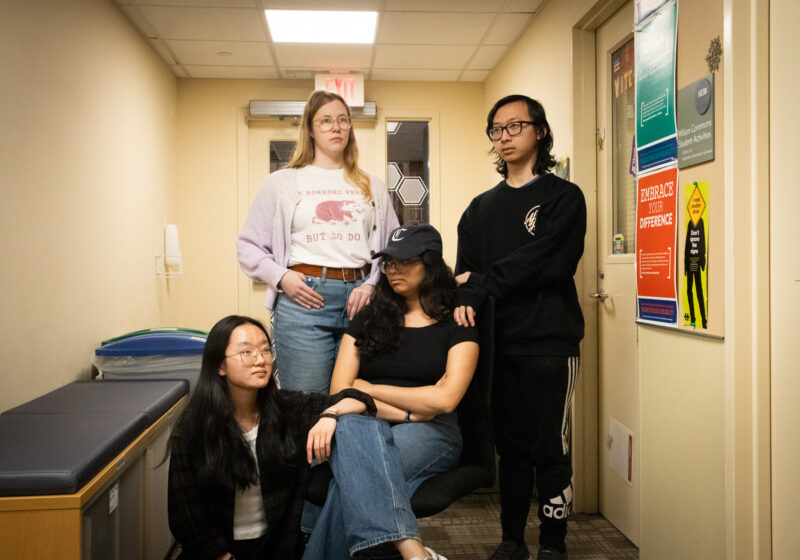American academics are concerned about the scientific literacy of the public.
A 2015 study from the Pew Research Center and the American Association for the Advancement of Science (AAAS) shows significant gaps in opinion between the general public and the scientific community in key scientific issues such as climate change, energy, food safety, and biological evolution.
Neil deGrasse Tyson, director of the Hayden Planetarium and renowned scientific communicator, summarized these concerns at a recent talk in Guilford College, North Carolina: “Americans overall are bad at science. Scared of math. Poor at physics and engineering. Resistant to evolution. This science illiteracy is a threat to the nation.The consequence of that is that you breed a generation of people who do not know what science is nor how and why it works. You have mortgaged the future financial security of your nation. Innovations in science and technology are the [basis] of tomorrow’s economy.”
Many scientists consider this scientific illiteracy rampant in the new Trump administration, and thus fear that the scientific community will lose its seat in shaping public policy, specifically on issues related to climate change and energy. Some are even considering marching on Washington D.C. on Earth Day to remind the new government about the importance of science-based policy, an unusual move from a group that has normally tried to shy away from manifesting political opinions.
Most of the scientific community has long considered this “science gap” to be a deficit of scientific knowledge and thinking—if only people were informed enough to know and understand the science behind these issues, they would agree with the experts. Thus, an improvement in STEM education in grades K-12, as well as increased efforts in scientific communication and outreach to present these findings to the public, should be key in bridging the gap.
But several research studies over the past decade suggest that the causes of the science gap are more complex.
Let’s first go back to the Pew study: despite the gaps in opinion between the public and scientists, a significant majority of the public holds a favorable view of the scientific enterprise, with 70 percent of adults agreeing that government investments in science and technology pay off in the long run, and 80 percent of adults agreeing that science has made life easier for most people. Furthermore, a separate Pew study conducted in 2016 also showed that scientists are still one of the most trusted professionals in America, only behind the military.
If the public still holds science and scientists in such high regard, why do so many oppose the scientific consensus on specific issues?
A 2012 study led by Yale Law School psychologist Dan Kahan tried to give us some insight in the case of climate change. Kahan’s team tested two different hypotheses that explained public apathy over climate change: the first one attributes such opinions to a deficit of scientific information and understanding, the second to opposing sets of cultural values. The researchers surveyed a nationally representative sample of 1,500 U.S. adults to test the predictions made by both hypotheses, and found that the results agreed more strongly with second explanation, opposing cultural values.
These results should be a call to action for those of us who engage in scientific communication and outreach. We have to go beyond explaining scientific information in a clear and concise fashion; we also have to do it in a way that the audience doesn’t perceive that information to be contrary to their cultural values.
We need more communicators from diverse cultural backgrounds, who can relate to specific audiences more closely and thus be perceived as credible.
Following this line of thought, I urge UR students to participate more actively in science outreach and communication, and help us bridge that science gap.
There are several opportunities on and off campus to do science outreach. The UR chapters of professional associations (e.g. OSA, SPIE, APS, ACS, APA, IEEE) often organize outreach initiatives in local schools and other community centers, and the national-level leadership of these associations arranges yearly visits to Congress to advocate for increased science funding and science-based policy. The Rochester Museum and Science Center (RMSC) is continuously in need of volunteers who can help with their current exhibits, or even help create new ones.
And of course, the (very young) student group that I lead, Students for Science Advocacy, will try to do its part promoting science policy and advocacy by hosting relevant speakers and meeting to discuss current science policy issues.





